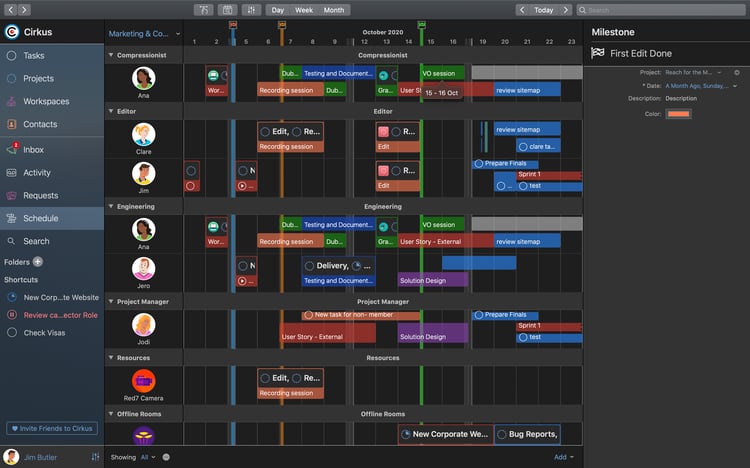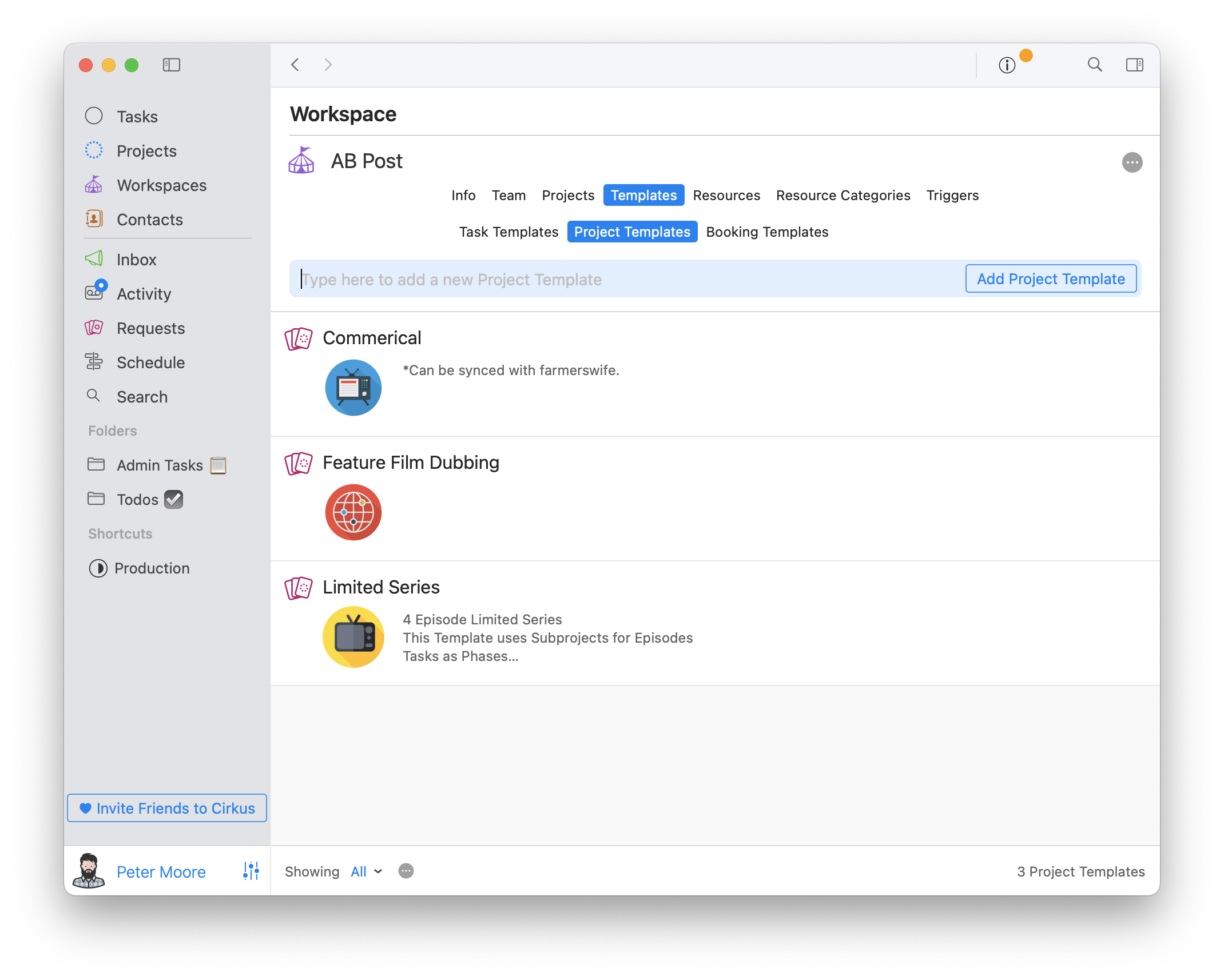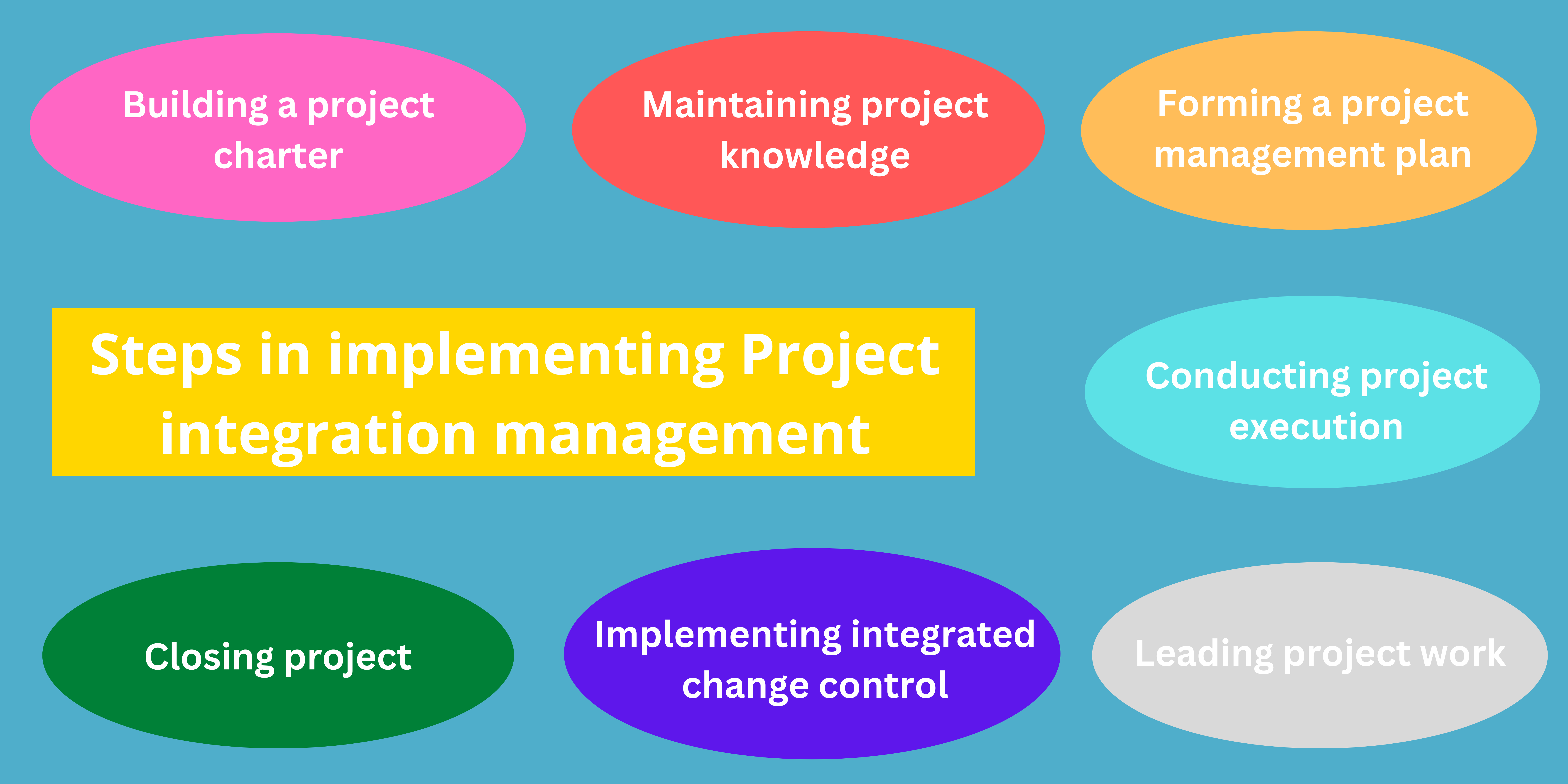Project integration management is a vital task for a project manager. It involves bringing together the different projects that make up a large initiative, such as a merger or acquisition. This can be quite complicated and requires careful planning and attention to detail. Here’s what you need to know about project integration management:
What is project integration management?
Project integration management is a project management knowledge area that helps teams work together more seamlessly. Integration management brings together various processes, systems, and project management methodologies to form a cohesive strategy. In doing so, project managers can better balance the demands of stakeholders, the expectations of clients, and the tasks during a project. A tool like Cirkus can really help with project integration management as it help project managers collaborate with their team and manage tasks.

Importance of project integration management
Project integration management is one of the key components of project management. It is important to have a clear understanding of the project integration management processes, which will help you determine what needs to be done in order to achieve your team's success.
Project integration management definition is the act of managing all relevant elements of a project so that they work together effectively and efficiently toward achieving your team and organization's goals. The purpose project integration management is to ensure that every task contributes positively toward achieving these goals, rather than detracting from them or creating problems for future stages in an organization's workflow system.
Steps in implementing project integration management
When you're implementing project integration management, you'll want to make sure that all of the following elements are in place:
- The project management plan is complete.
- The project charter is complete.
- Your team has the knowledge and skills need for the project.
- The stakeholders are identified and engaged in the process.
Here are the steps to implementing project integration management:
Building a project charter
One of the most important responsibilities for a project manager is to create and maintain a project charter, which is a document that describes the project and its goals. The charter also outlines the scope, budget, schedule and resources of your project.
It’s important to keep in mind that this document can change as you move forward with your project. As such, it’s wise not just for yourself but also for everyone else involved in this project, if you keep track of all changes made along the course of the project and using a tool like farmerswife, best project management software will really help.
Maintaining project knowledge
Project knowledge is what you and your team have learned from the project so far, and it’s important to document it. Document lessons learned so that if something similar comes up on another project, you can refer back to this information. If there are particular issues if you document them in order to help others avoid those problems in the future.
With our tool Cirkus, you will be able to create project templates that will record all the tasks, notes that you have written in previous projects. This can be very handy for future projects that are very common in your organisation or have similar tasks.

Forming a project management plan
Project integration management is the process of integrating project plans and schedules from all the areas of a business or organization.
In order to successfully perform project integration management, you will need to:
- Establish a project management plan – Define the scope, schedule and budget for your project. You can start by creating a preliminary list of tasks that need to be completed within the time frame that has been set in place. Just remember that writing down these items ahead of time will help keep them organized while also making sure they are being taken care of properly. You should also consider who needs to be involved in this type of activity (e.g., team members). Using a resource scheduling software can be really helpful!
Conducting project execution
Project execution is the most important part of project management. It involves managing people, time and money. It also involves change management and risk management. Finally, it includes communications between teams.
Leading project work
A project manager should focus on:
- Project team management
- Scope management
- Schedule management
- Budget management
- Quality assurance and control management
- Communications management
With all this in place, leading a project should become easier.
Implementing integrated change control
Change control is a process to manage changes in any project. It should be implemented at the beginning of a project, documented and followed by all stakeholders. It should also be formalized with its own procedures so that it can be easily implemented throughout all phases of the project life cycle.
Closing project
After your project is complete and has been handed over to the client, you may be tempted to put it out of mind and move on. But don't forget: you still have a job to do! The closing process can be as important as the implementation of your project in terms of positive outcomes.
This is what you'll need to do:
- Make sure that all outstanding issues have been addressed.
- Close any open contracts and make sure they're signed by all parties involved.
- Close off any remaining tasks from your team's workloads
- Complete any post-implementation surveys or evaluations, if you can! Feedback from your clients is always good.

Conclusion
Project integration management aims at improving efficiency by providing the necessary resources for effective communication and coordination between multiple teams working on different parts of a project. The main goal of this approach is to make sure that everything goes smoothly from start to finish while keeping everyone informed about what's happening with their role in it all. That's why using a tool like farmerswife and Cirkus can really help achieve this!